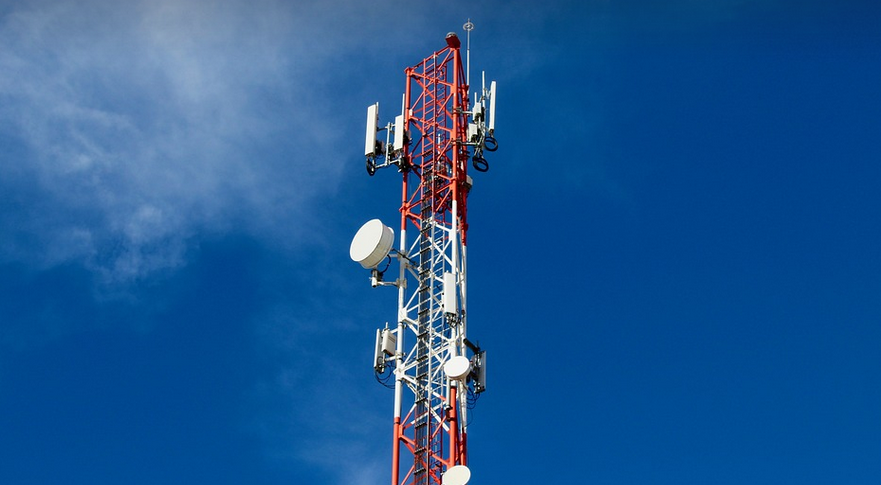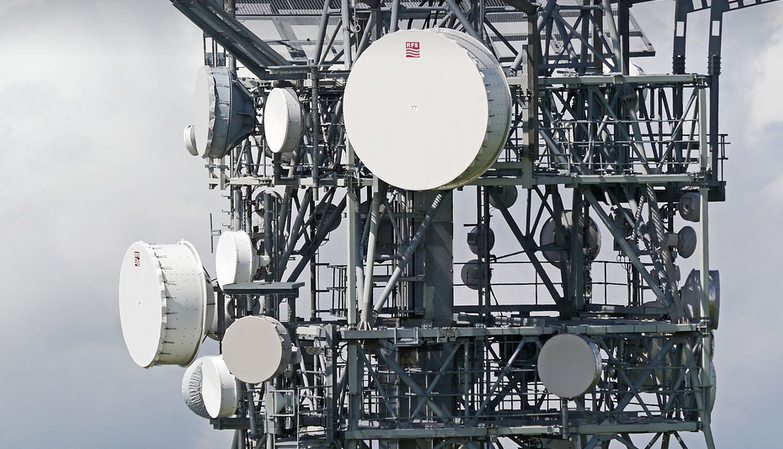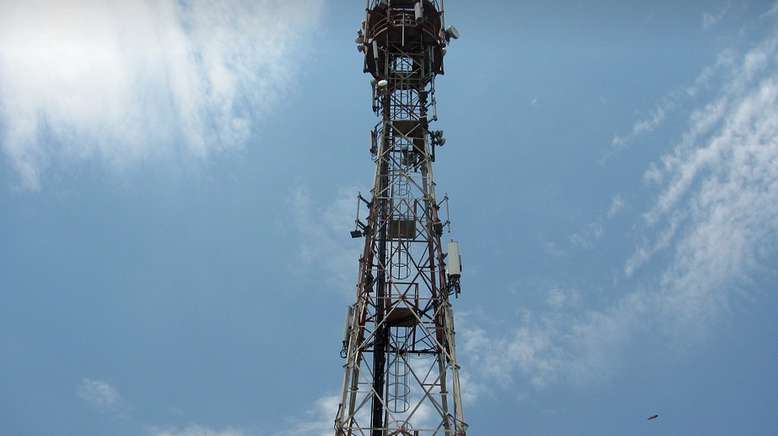Understanding the Common Issues
The Kia Forte, known for its affordability and practicality, has earned a reputation for reliability over the years. However, like any vehicle, it can encounter transmission problems, leaving drivers frustrated and potentially facing costly repairs.
There’s a good chance that you’ve encountered some frustrating stories about Kia Forte transmissions in various online forums. While the car itself is generally reliable, certain aspects of its engineering contribute to potential issues with the transmission.
One common complaint revolves around the dual-clutch automatic (DCT) transmissions used in later model years of the Kia Forte. These transmissions are known for their quicker acceleration and fuel efficiency benefits but can suffer from some quirks during operation.
A frequent culprit is the **transmission clutch system**. This intricate group of components, responsible for smooth gear changes, often faces wear and tear over time. This wear can lead to delayed shifting, jerky starts, or even complete failure.
Another widespread issue lies in the **torque converter**. This vital component directly connects the engine to the transmission, facilitating power transfer. If the torque converter fails, it can create significant transmission issues. In some cases, this can result in a feeling of “slipping gears,” where the car’s responsiveness decreases.
One of the most common problems is the **” shuddering” or “jerking” sensation when accelerating**. This occurs when the DCT struggles to seamlessly shift between gears. The culprit may be faulty sensors, worn-out clutches, or a malfunctioning control unit that can cause the transmission to hesitate while changing gears.
These issues often manifest in a variety of ways: A noticeable lag when starting from a stop, engine vibrations during acceleration, and even difficulty changing gears can all signal potential transmission problems. It’s important to note that while these symptoms might be concerning, they don’t necessarily indicate an imminent failure.
To address these issues effectively, it is crucial to understand the specific reasons behind them. Here are some common causes of Kia Forte transmission problems:
**1. Insufficient Maintenance:** Regular maintenance, including regular oil changes and fluid checks, can significantly extend the lifespan of your vehicle’s transmission. Neglecting this task can lead to premature wear and tear.
**2. Harsh Driving Habits:** Driving aggressively, frequently using the gear shifter in a “sport” mode, or performing sudden acceleration and deceleration puts extra strain on the transmission, accelerating its wear and tear. The car’s design allows for smooth driving but aggressive modes can lead to excessive stress on the system.
**3. Extreme Temperatures:** Extreme heat or cold can also impact the gear shifting process in a Kia Forte. In extreme temperatures, both clutch components and internal fluid dynamics may be affected, leading to potential transmission problems.
4. Component Wear and Tear:** The internal parts of the transmission are subjected to continuous wear and tear over time due to normal usage. This wear can manifest in various ways – from gradual slipping between gears to more significant issues like complete failure.
**5. Accidents and Impacts:** While not as common, incidents involving a crash or heavy impact can seriously damage the transmission. If your car has been involved in an accident, it is imperative to have a qualified mechanic inspect the transmission for potential damage.
It’s essential to remember that driving habits play a significant role in maintaining a smooth and efficient transmission. While these issues might arise, understanding their roots can help you navigate them effectively.
What to Do if You’re Experiencing Transmission Problems
If your Kia Forte is experiencing any of the aforementioned transmission problems, it’s crucial to address them promptly for optimal performance and to prevent further issues.
**1. Consult Your Mechanic:** The first step is to visit a trusted mechanic who specializes in Kia vehicles. They can conduct a thorough diagnosis and identify the exact nature and severity of your transmission problem.
**2. Explore Repair Options:** Depending on the cause of the issue, your mechanic may recommend various repair options: a simple fluid flush and filter change, replacing worn-out clutches or sensors, or even a complete transmission rebuild. These repairs can range in cost depending on the severity of the problem.
**3. Understand Warranty Coverage: ** If you purchased your Forte within the last few years, it may come with a warranty that covers transmission issues for a certain period. It’s crucial to check your warranty documentation and understand your coverage.
**4. Avoid Costly Delays:** Ignoring transmission problems can worsen their severity and eventually lead to more expensive repairs down the line. Be proactive, address problems as they arise, and maintain your vehicle regularly for smooth and efficient performance.
Remember, early detection and prompt action are key in preventing costly transmission repairs and ensuring a smooth driving experience with your Kia Forte.



